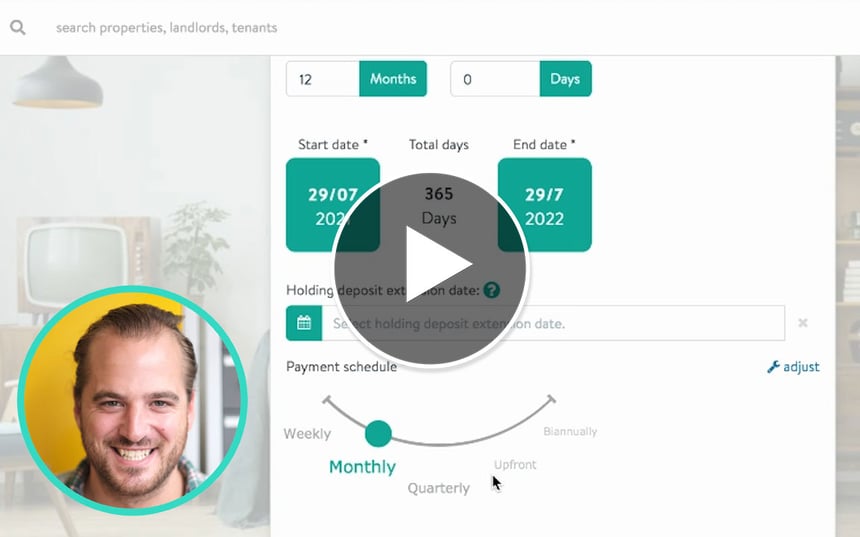How to maintain social distancing in your agency
Social distancing will mean changes to how staff arrive and leave the office, how they move around the office or work at a desk, during meetings and break times, or interacting with customers.
This article was published on 18 May 2020. Although we endeavour to keep our coronavirus (COVID-19) content as up to date as possible, the situation is rapidly changing, so please ensure you refer to gov.uk for the latest advice and information.
You must maintain social distancing in the workplace wherever possible and this will involve making changes to every aspect of you and your staff’s working day - from how people arrive and leave at work, to moving around the office or working at a desk, during meetings and break times, or interacting with customers. There are several steps you will need to take to maintain social distance in all of these situations.
Social distancing when arriving, leaving, and moving around the workplace
You’ll need to think carefully about how and when your staff arrive and leave work and how they move around the office when they’re not at their desks.
- Provide hand washing facilities (or hand sanitiser where this isn’t possible) at entrances and exits.
- Stagger arrival and departure times of staff to reduce crowding and congestion, for example, by creating more entry points to the workplace.
- Use markings and introducing one-way flow at entry and exit points and throughout your workplace. Providing floor markings and signage will help to remind both your staff and customers to follow to social distancing wherever possible.
- Regulate the use of high traffic areas including corridors, lifts, turnstiles and walkways, and reduce maximum occupancy for lifts, providing hand sanitiser for the operation of lifts and encouraging use of stairs wherever possible.
- Providing alternatives to touch-based security devices such as keypads.
Social distancing when working at a desk
Social distancing will need to be maintained when people are working at their desks and, if it isn’t possible to keep your staff 2m apart, you should carefully consider whether they need to be in the office.
- Review layouts to allow workers to work further apart from each other.
- Use floor tape or paint to mark areas to help people keep to a 2m distance.
- Avoid people working face-to-face. For example, by working side-by-side or facing away from each other.
- Use screens to create a physical barrier between people.
- Use a consistent pairing system if people have to work in close proximity.
Social distancing in meetings
Avoid having in-person meetings wherever possible and choose remote options when you can. If you can’t avoid having an in-person meeting, you should take the following steps:
- Only absolutely necessary participants should attend and should maintain a 2m separation throughout the meeting.
- Hold meetings outdoors or in well-ventilated rooms whenever possible.
- Use floor signage in meeting areas to help people maintain social distancing.
- Provide hand sanitiser in meeting spaces and avoid sharing pens and other objects with others during the meeting.
Social distancing at break times
You’ll need to ensure that social distance is being maintained while your staff are on their breaks.
- Stagger break times to reduce pressure on the break rooms or places to eat and use safe outside areas for breaks.
- Create additional spaces for breaks by using other parts of the office that have been freed up by staff who are still working remotely.
- Install screens to protect staff in reception areas.
- Rearrange seating and tables to optimise spacing and reduce face-to-face interactions.
- Consider using social distance marking for other common areas such as toilets, showers, lockers and changing rooms, and in any other areas where queues typically form.
Social distancing during customer interactions
Customers should visit your office by appointment only. When customers do come into your office for appointments (or if you meet them for viewings), you should maintain social distance at all times and minimise any contact with them. Make sure your customers are provided with clear guidance on social distancing and hygiene when they arrive, using signage and visual aids, such as floor markings.
- Define the number of customers that can reasonably follow 2m social distancing within your office and limit the number of customers allowed inside at one time accordingly.
- Suspend or reduce any of your services that cannot be undertaken without contravening social distancing guidelines.
- Remind any customers who are accompanied by children that they are responsible for supervising them at all times and should follow social distancing guidelines.
- Ensuring any changes to entries, exit and queue management take into account reasonable adjustments for those who need them, including disabled customers.
- Minimise contacts around transactions, for example, considering using contactless payments.
This article is intended as a guide only, is not exhaustive, and does not constitute legal advice. It's based on the government’s guidance on working safely during the coronavirus (COVID-19) outbreak. Please refer to gov.uk for more information..










